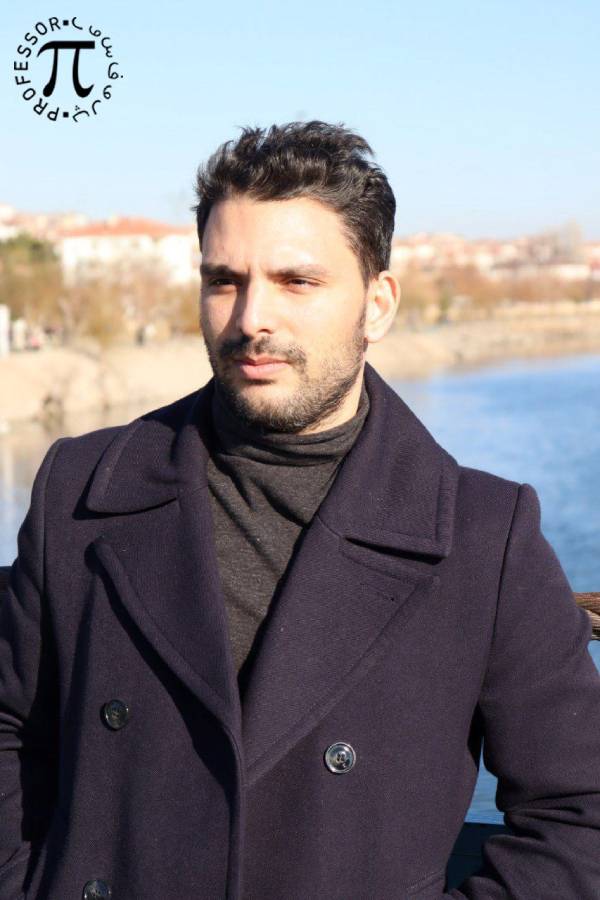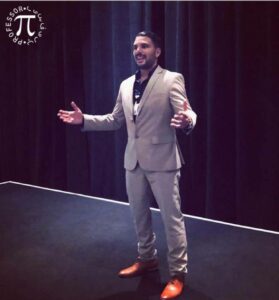
Art therapy performance according to Parsa Peykar
- Entertainment
- February 28, 2022
Art therapists can apply various artistic techniques to patients of all ages, including painting, drawing, sculpture, and collage (Appliqué). People with emotional traumas, physical violence, domestic exploitation (involves the victim being forced to work in private households), anxiety, depression, and other mental health issues can benefit from creative self-expression.

Art therapy services can be available to patients at schools, community organizations, hospitals, and private psychiatric centers. You may be interested in how art therapy sessions can be distinguished from standard art classes. Most art therapy sessions focus on individual experiences (feelings, perceptions, and cognitions). Although art therapy may involve acquiring artistic skills or techniques, the emphasis is primarily on creating and depicting illustrations from the inside, not what one sees in the outside world. Although you are supposed to draw or paint based on your imagination in some formal art classes, the world of your drawn pictures, feelings, thoughts, and ideas is always important in art therapy.
Do the clients of an art therapist necessarily have to know art?
Parsa Peykar responds that people who refer to an art therapist do not necessarily have artistic skills or background. The art therapist does not predominantly care about the aesthetic and artistic aspects of the clients’ works. The main objective of specialists in this field is to use art and its means in a safe and comfortable environment to make positive changes in the personality of their clients.
The difference between art therapy and other art classes according to Parsa Peykar:
The main difference between art therapy sessions and other art classes is that art therapy focuses on the individual’s feelings, thoughts, and perceptions. The subjects are inside you (emotions, ideas, and imagination), not in the outside world.